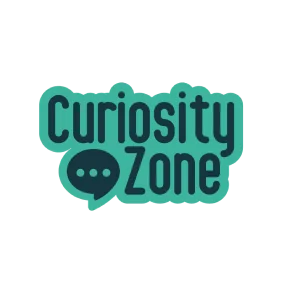TRIP: A Decision-Making Outline
By Steve Lear and Julie Golden
TRIP (The Resolution and Implementation Process) is a unique decision-making process that improves project management. It teaches participants (“Travelers”) how to navigate roadblocks and achieve effective resolutions. TRIP gives each Traveler a voice, creating a roadmap to achieve your organizational goals. The following is an outline of the TRIP decision-making process. For a detailed guide, see Your Trip Roadmap
WHY GO ON A TRIP?
TRIP streamlines project management decision-making, allowing your team to succeed quickly and with less frustration. What results can you expect?
- Save time! This process quickly identifies areas of agreement, allowing more time for discussions that focus on differences to resolve.
- ALL Travelers—the Dreamers, Thinkers, and Doers—contribute to resolving the issues and enacting a plan.
- Teams who utilize their collaborative strengths increase engagement, motivating Travelers to achieve their goals.
WHEN TO GO ON A TRIP?
TRIP is valuable when
- An organization’s leadership solicits input from others to make wise decisions.
- The leadership model is participatory vs. authoritative.
- There is a greater need for the right decision than for an immediate decision.
- You need support to implement a decision.
- The challenges are complex, include many people, take a long time to enact, and have a long-lasting impact.
DETOUR AHEAD
Taking a TRIP is not a straight line from start to finish. Expect delays and detours as you work toward your goal. These flexible tools and strategies can be used at the time that is best for each team.
PLANNING YOUR TRIP
Create Teams
- Identify the Right Vehicles (Types of Decision Makers)
> Tesla (Dreamers)
> SUV (Thinkers)
> Snowplow (Doers) - Identify the Right People (Desirable Attributes)
> Self-aware
> Have integrity
> Values align with project needs
Create Team Awareness
- Identify Introverts and Extroverts
- Share Team Builder Profile Results
Final Packing Instructions
- Voting (to streamline decision-making)
- Managing Expectations
- Measuring Success
TRIP PLANNING TOOLS
- Voting to create engagement and save time and frustration
- S.M.A.R.T. Goals (Specific, Measurable, Achievable, Relevant, and Time Bound)
- Conation and Kolbe Wisdom™ created by Kathy Kolbe to help you select participants (Travelers)
- Town Hall Meetings such as those developed by the World Café™
- A Tour Guide to help with your journey
- Team Health Tools such as Values Cards Exercise, Communication Builder™, Team Builder Profile
- Managing Expectations Tool from The Gap And The Gain by Dan Sullivan
TAKING YOUR TRIP
The Entrance Ramp
- Identify Travelers and assign seating on a vehicle.
- Name the project and establish start and finish dates.
- Document the S.M.A.R.T. goal to be achieved.
- Envision and document the destination. Your destination statement reminds the team why you’re taking this TRIP.
Roadblocks
- Identify potential roadblocks.
- Prioritize which roadblocks to clear.
Road Repairs
- Develop strategies the Snowplows will use to clear the roadblocks.
- Determine which Traveler(s) and resources will drive the plows and maintain the cleared roads.
The Open Road
- Enact your plan.
- Re-focus at rest stops.
The Finish Line
Some TRIPS are more successful than others. If your journey brought you to your destination (goal), now is the time to take a victory lap. If you fell short of your goal, now is the time for reflection. Either way, your journey represents progress.
Your TRIP Journal
- What worked? What could be improved?
- What did you learn? What might you do differently next time?
- Document strategies to take on your next TRIP.



I am looking for suggestions on how this process can be streamlined. My experience has been it is overwhelming to leaders who are attempting to implement.
Steve Lear